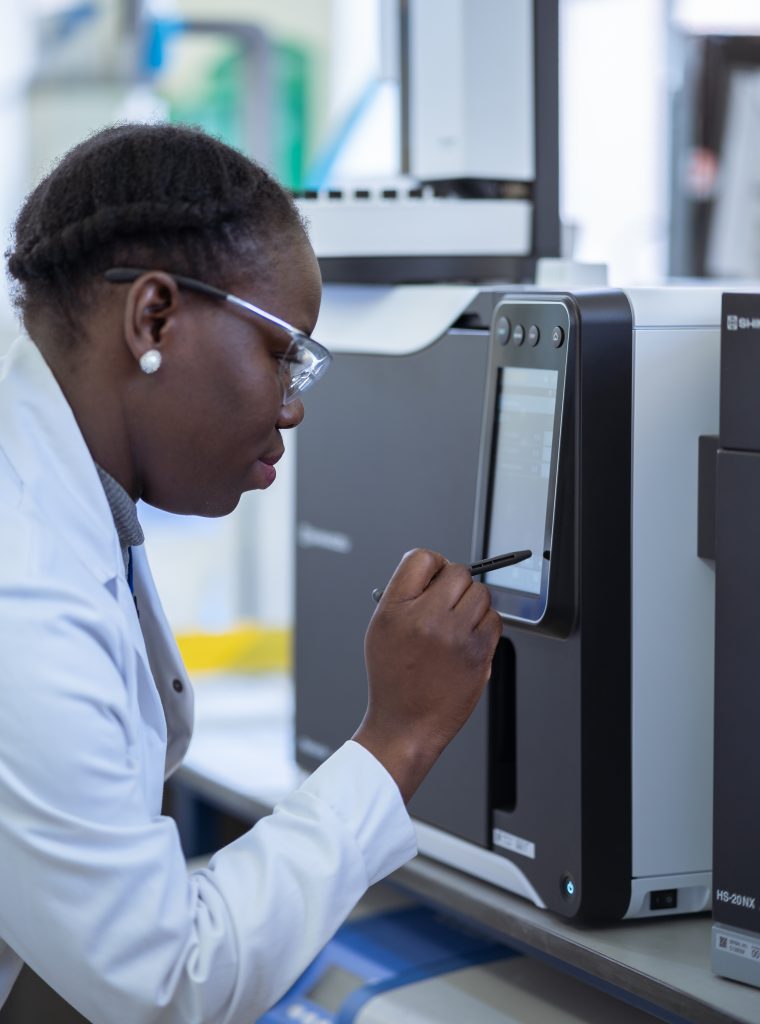For over 40 years, Butterworth Laboratories has provided independent, contract analytical services to the global pharmaceutical and related industries.
Helium supply may not be the only factor in the expansion of the use of Hydrogen Carrier Gas
20 October 2022
We are now seeing so many articles talking about the move to Hydrogen as the default carrier gas that it has become an industry in its own right. When budding chromatographers ask me when this will happen, my usual reply is “When the pharmacopeia say so”. The type of carrier gas is not an allowable adjustment in any of the pharmacopeia, and I believe therefore that the prescription of Hydrogen in new and revised monographs will have more impact on the use of Hydrogen than will the price and supply of Helium in the short term.
At present, and for the foreseeable future, Helium, Nitrogen and Hydrogen will all be required as carrier gases based on compliance issues. There has been movement in the pharmacopeia; for example, in the revised USP monograph for Castor Oil (2019), the determination of fatty acids has been changed from a titration to a GC assay using Hydrogen as a carrier. Indeed, there are now a number of methods in both the PhEur and USP requiring Hydrogen, and so it looks like we are seeing the predicted shift come into play. I also personally think that for methods using Nitrogen, there may be little sense in costly revalidation to use Hydrogen.
A proportion of Butterworth’s existing GCs (7 GCs; 6 with Headspace) are plumbed in so that you can simply toggle between Helium and Nitrogen or Helium and Hydrogen gas lines, which allows us to be versatile in carrier gas selection, though manual recalibration of the flow modules is required.
We have now installed and qualified two new Shimadzu Nexis GC2030 instruments, both configured with HS20NX Headspace Samplers. This has increased headspace GC capacity by over 30% at Butterworth Labs and a further 2 of these systems are expected to be commissioned early next year. These systems can be changed from Helium to Hydrogen by the click of a switch and without any recalibration required. Our health and safety team approved the on-board Hydrogen leak sensors, confirming the reduced safety risks. One of the biggest advantages of the new systems is that they are compact and save 30% on bench space compared with the existing systems. These new systems will reduce the turnaround time seen by clients. As an old timer GC man, some of the most pleasing system capabilities of the newer generation of instruments are ballistic oven cool-down, extremely short transfer path between headspace sampler and GC and the ability to have oven programs starting from only 2°C above ambient. These new systems show Butterworth’s continued commitment to state of the art instrumentation, providing faster turnaround times for our clients and adapting to the changing carrier gas requirements.